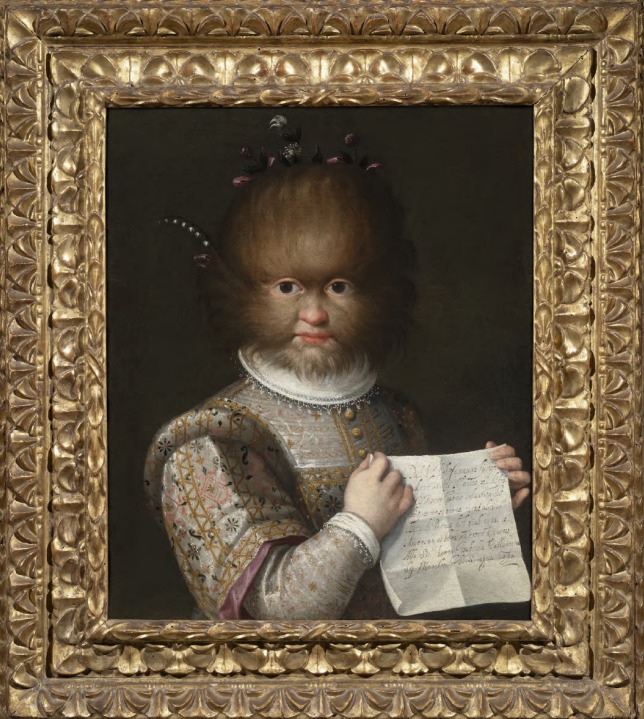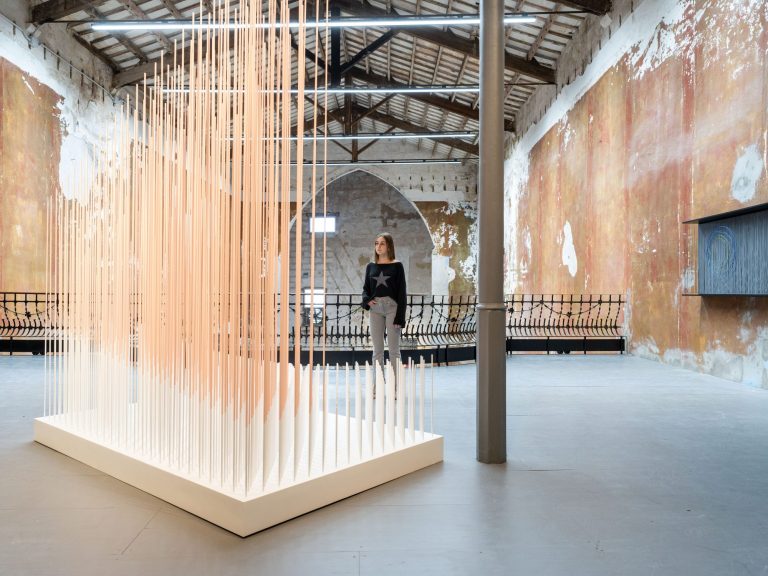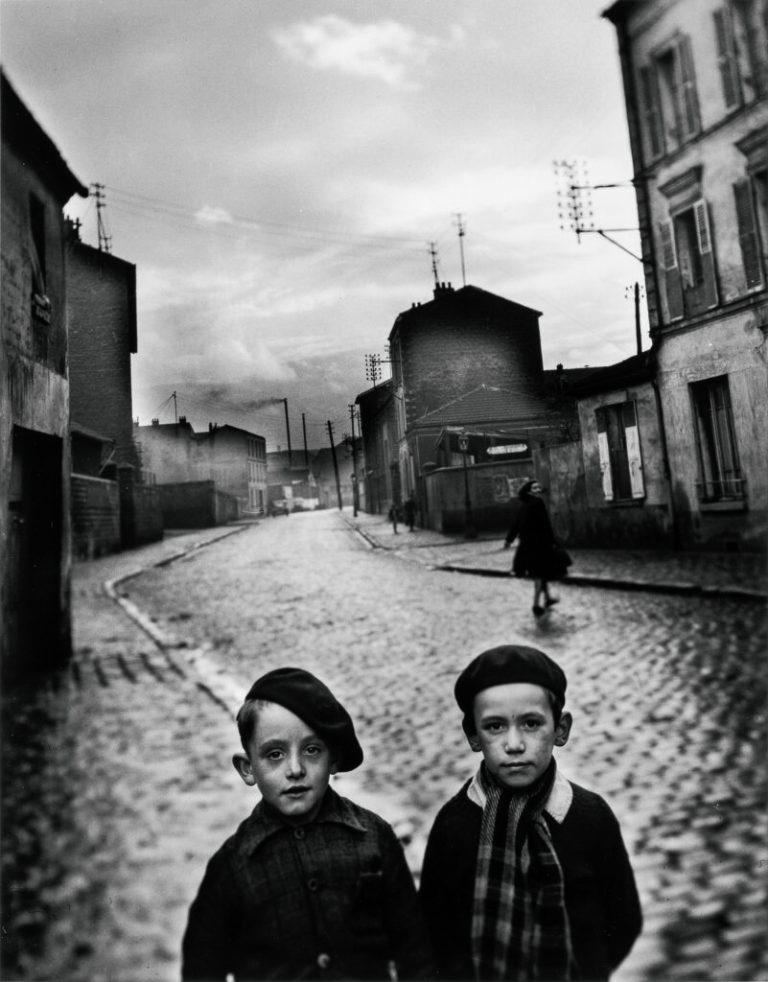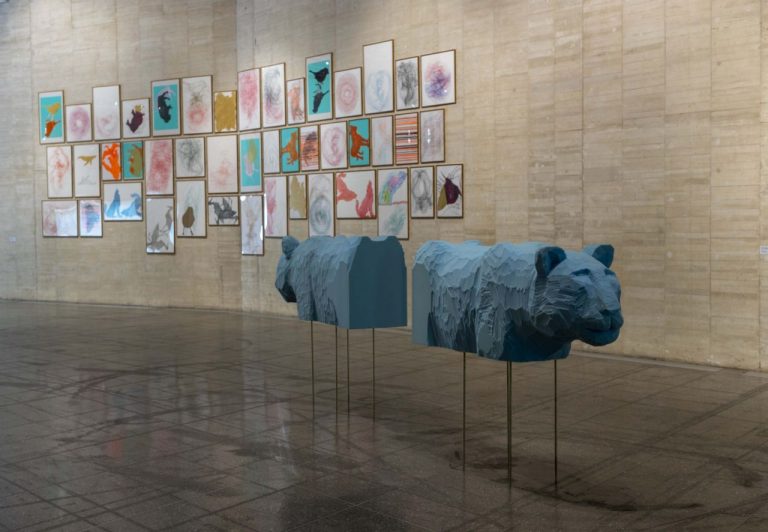Madrid,
It was 2010 when the ABC Museum opened its doors for the first time, which was home to the first Mahou beer factory on Amaniel Street in Madrid, a building that José López Salaberry had designed. Its collections were those of ABC illustrations, which due to their quality and number were declared Assets of Cultural Interest; Based on them, different exhibitions were programmed, which were accompanied by others dedicated, mostly, to artists in their mid-career stage and initiatives such as Ilustrísima, Drawing and Illustration Salon, which was completed with talks, workshops or live interventions. .
After its closure forced by the pandemic, in March 2020, this center had not received visitors again; It does so now, just four years later, with some changes: it shares space with the Clara del Rey Cultural Center, after the Centro Municipal Board took charge of its facilities, and the ABC exhibition rooms occupy the two floors below ground level; The rest of the floors, three, correspond to classrooms and workshops, a gym area, a multipurpose room, an auditorium and a conference area of the Clara del Rey Center. In any case, part of the original configuration of the exposed brick building dating from 1891 has been maintained.
Under the direction of Inmaculada Corcho, responsible for the center since its first opening, the Museum already exhibits in its first two exhibitions a selection of its collections, made up of 150,000 works by 500 artists: these are “Este Madrid” and “La cage de the monkeys”, and both can be visited for free until September 28.
The first, curated by the writer Andrés Trapiello, reminds us that Madrid is an almost ubiquitous presence in this collection; nothing strange considering that they were published here for the first time ABC and Black and White and that, precisely in the first years of these publications, numerous writers and artists came to the capital, attracted by the appearance of that modern press. In it the city was portrayed in almost all its faces: the most elegant and the most popular, even suburban; the festive and the modern, and a compilation of those images are what have been gathered here.
Trapiello has explained that he wanted to make, looking at the city, an essential selection of works that is not basic, silent and not very anecdotal: we will see illustrations dated in the last third of the 19th century and in the almost complete 20th century, from Francisco Sancha to Ramón Gaya passing through Juan Esplandiú and Arturo Souto. Taking into account that, although Velázquez was an exceptional painter of the atmosphere of Madrid, the entity of the city in painting was surely not consolidated until Goya, who would establish the specifically Madrid theme with his Matritense scenes and his meadows of San Isidro (later they would arrive Eugenio Lucas, Alenza, Beruete, Regoyos…), these compositions give us a vision of the contemporary city, a continuation of those that can already be seen in the Prado or in the Museum of History of Madrid, and that will appeal to the viewer in a very close way. .
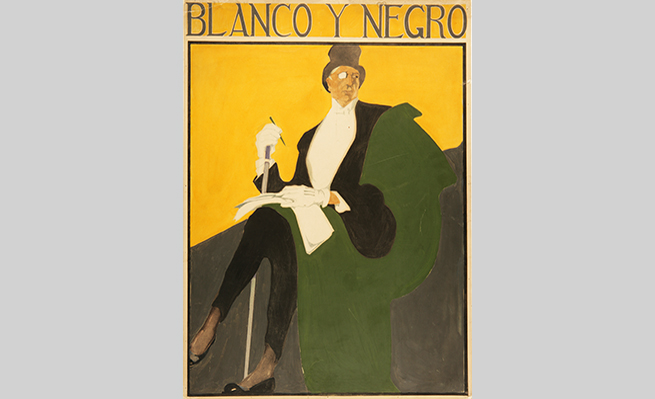
As for “The Monkey Cage”, this exhibition offers not one, but six, approaches from the ABC Collection, a kind of exquisite corpse in which Inmaculada Corcho herself, Víctor Zarza, Eduardo Alaminos, Fernando Castillo, Juan Manuel participate Bonet and Julieta de Haro. Its title takes us to the origin of Black and White in 1891, when Torcuato Luca de Tena wanted to bring readers “a constant chronicle of everything that constitutes modern life” that combined good paper, good printing and good images. When some professional colleagues reminded him that, until then, it was not possible for a publication to have both information and monkeys (that's what illustrations and photographs were called), he answered that… the letter with monkeys enter.
The six visions of the ABC funds to which we have referred correspond to as many chronological periods, from that year 1891 to 2000, focusing on interesting themes and authors, in the opinion of the half dozen curators, to be taken into account in the last stages of the 19th century, the years before World War I, the 1920s, the 1930s, Francoism and the transition and, finally, the twenty-five years of democracy until the end of the century. The tour is not exhaustive, for reasons of space, but it can open up various avenues of study for those interested; In April, May and June there will be guided tours on Saturday mornings.
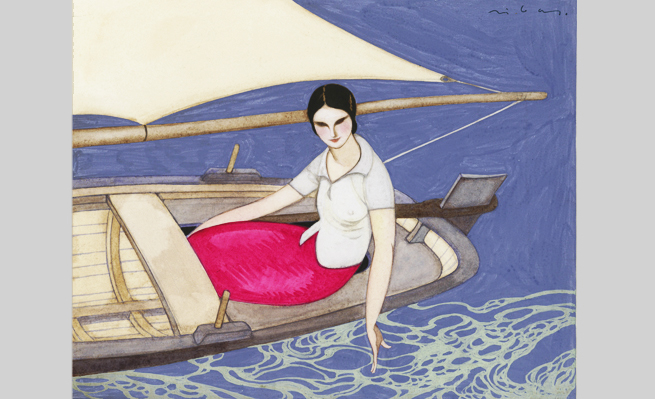
“This Madrid. ABC Collection”
“The monkey cage. “Six looks at the ABC Collection”
ABC MUSEUM
c/ Amaniel, 29-31
Madrid
From March 13 to September 28, 2024


